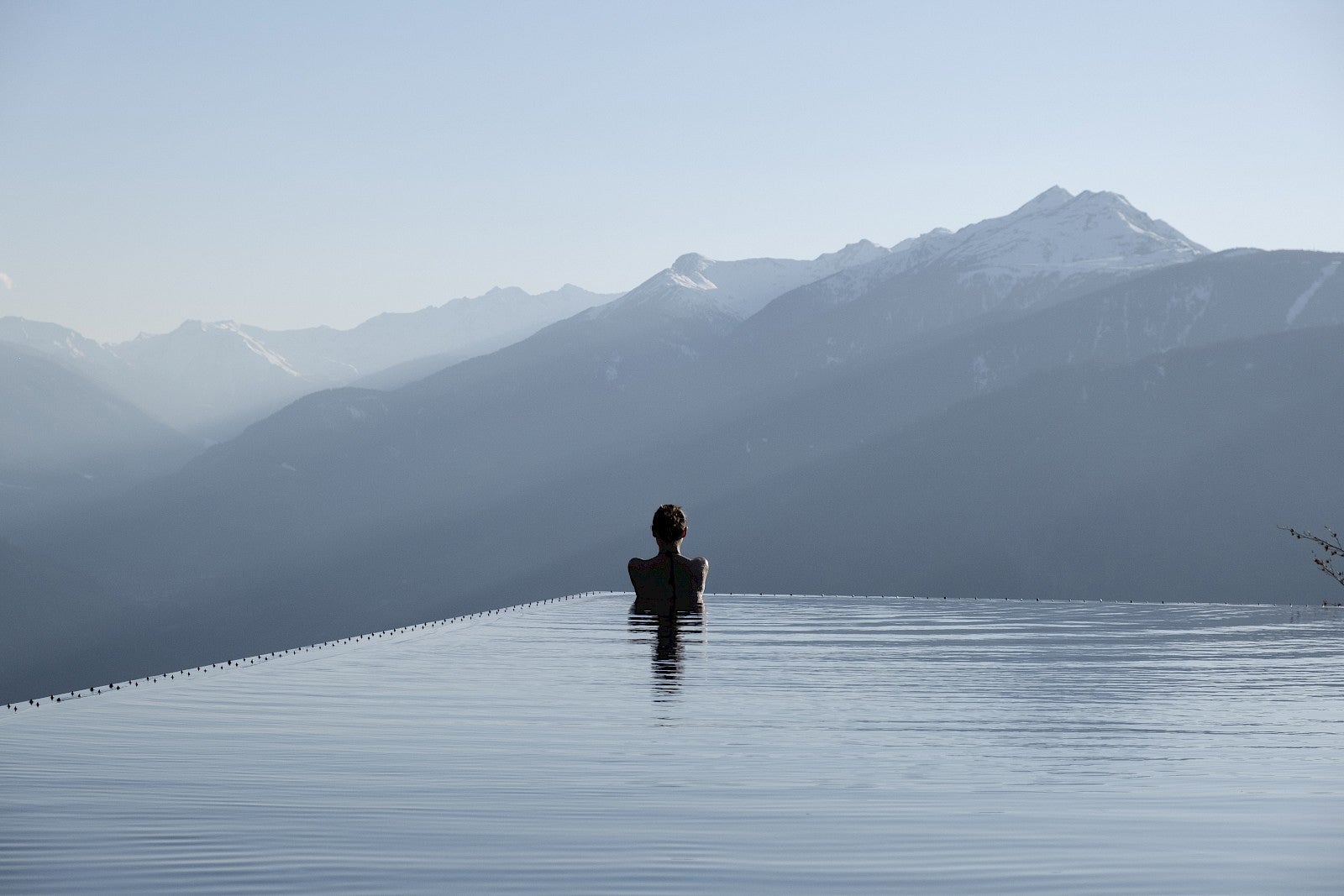There’s something humbling about starting a day in the still hush of early morning, standing at the base of towering limestone cliffs, feeling very tiny in comparison – but at the same time, very much alive.
I’d long heard about the raw, rugged beauty of Cheddar Gorge, England’s deepest natural canyon. It is almost 400 feet (122 metres) deep and three miles (4.8 km) long, but beyond any stats it is also famed for its natural beauty, wildlife and nature.
When I finally saw it for myself, it was every bit as breathtaking as I’d imagined. Glad that I’d finally taken the plunge to explore it myself, I chose to do the cliff top trail which follows the edge of the gorge and afterwards, I enjoyed a wander through the village of Cheddar itself.

Gorge driving: Keep your eyes on the road
I visited early July, before the school holidays arrived. I got there early, hoping to bag a free parking space and to avoid the tour buses and chattering crowds.
I drove through the village of Cheddar, following the sat nav to Black Rock, where there’s some free parking in the lay-bys, if you’re lucky. If you can’t find any there, head further up, to Cliff Road.

The road winds between the cliffs, right through the gorge and I was dwarfed by the sheer size of the place. I was also struck by its beauty, so hard to capture in a few photographs.
Sheer limestone walls rise sharply on either side, weathered and ancient. It was like driving through a lost valley. In fact, it was so stunning that I accidentally clipped a boulder, my eyes on the views, rather than the road. Lesson learned.

A Walk With Dizzying Views
Cheddar Gorge is England’s largest natural canyon – a dramatic slice through the Mendip Hills, carved from ancient limestone. It was shaped over millennia by glacial meltwater during the last Ice Age, leaving behind sheer rock faces, deep caves and a landscape that feels wild and timeless.

I chose the clifftop trail, rather than hiking up from the village, that being too ambitious when my visit was during a heatwave. That and the long, steep climb.
Setting off from Black Rock, looping round and returning to the same starting point, the trail snakes along the rugged edge of the gorge. The path itself is well-marked but be prepared for sections where the rocks have been worn shiny and smooth by countless footsteps. On a dry day, it’s manageable, but I can imagine it’s pretty slippery when wet. Saying that, I did the walk in trainers, rather than walking boots or shoes and that was fine.

The route covers roughly four miles (6.5 km) and typically takes around two to three hours, depending on how often you stop to gape at the views (and trust me, you will stop a lot). Alternatively, if you only want a short ramble, walk out for 45 minutes and then retrace your steps, back to the car.
Once at the top, the reward is instant: sprawling views across Somerset’s green tapestry and the dramatic plunge of the gorge beneath. The panorama stretches far over the Somerset Levels, with the patchwork of fields, tiny villages and distant hills spreading out like a living map beneath you.
On a clear day, you can even spot the Bristol Channel shimmering on the horizon. I could clearly see the blue Blagdon reservoir in the distance, which is apparently another great walk.

The gorge itself is a dramatic chasm of sheer rock faces, caves, and crevices and what you see is nothing short of spectacular.
The trail winds over sheer limestone escarpments, where looking down might make your stomach do a backflip. Don’t look over the top if you suffer with vertigo. It’s not a view for the faint-hearted. You need a good head for heights here – it’s not a casual stroll. But that edge-of-the-world feeling? Completely worth it.

The famous feral goats
I was hoping to see some of the famous feral goats along the way and ended up seeing a whole herd! As I was early, some were still asleep, nestled in the long grass.
Others were expertly scaling the rocky inclines with enviable ease and perched like mountaineers on the cliff faces. I crept quietly by, veering off the official path a little, so as not to startle or disturb them.

Dog walkers
Dog walkers are common companions on this route, but if you’re bringing a pooch, keep them on a lead, especially near the edges where the drop is unforgiving.
Not only that, but the goats. If you’re bringing a dog, this is definitely a “lead on at all times” sort of place. Trust me, one spooked goat and you’re in for a chase neither of you want.
Exploring the village of Cheddar
Cheddar village is nestled right at the base of the gorge and while undeniably charming and picturesque with its quaint shops built into the stone walls and streams running through the lanes, it’s also … well, a bit commercialised. I also struggled to find a free parking spot back in the village and ended up having to download yet another parking app, not having any cash.

Cheddar is a large village, which feels more like a town, due to the tourist infrastructure and its size. It’s famous for being the birthplace of cheddar cheese, the Cheddar Gorge and Gough’s cave (which I didn’t visit), where Britian’s oldest complete human skeleton is found.
The village boasts cheese shops, gift stores, ice cream stalls, cafes, restaurants and pubs – it’s all there. I didn’t pop into the famous cheese shop this time (a small regret), but I did get a photo or two for good measure.

I stopped for a sandwich and an iced coffee in one of the cafes, which I found expensive and forgettable, if I’m honest. My recommendation would be to drive out of Cheddar for a bite to eat. Perhaps drive for 20 minutes and go to Wells, England’s smallest city, where you’ll find some lovely picnic spots in the cathedral grounds, or visit one of the cathedral cafes, for nicer food and better value.
Final thoughts
Cheddar Gorge is the kind of place that deserves every bit of attention it gets. The clifftop walk alone is reason enough to visit – raw, scenic and filled with that quiet kind of wilderness that still feels wild despite the human footprints.
The village? Maybe not for everyone, especially if you’re on a budget or seeking peace and quiet. But as a full day out, combining nature, a bit of light adventure and a touch of quirky English tourism, it ticks all the boxes.
So lace-up your trainers or boots and prepare to be awestruck.
You may also like:



















 English (US) ·
English (US) ·